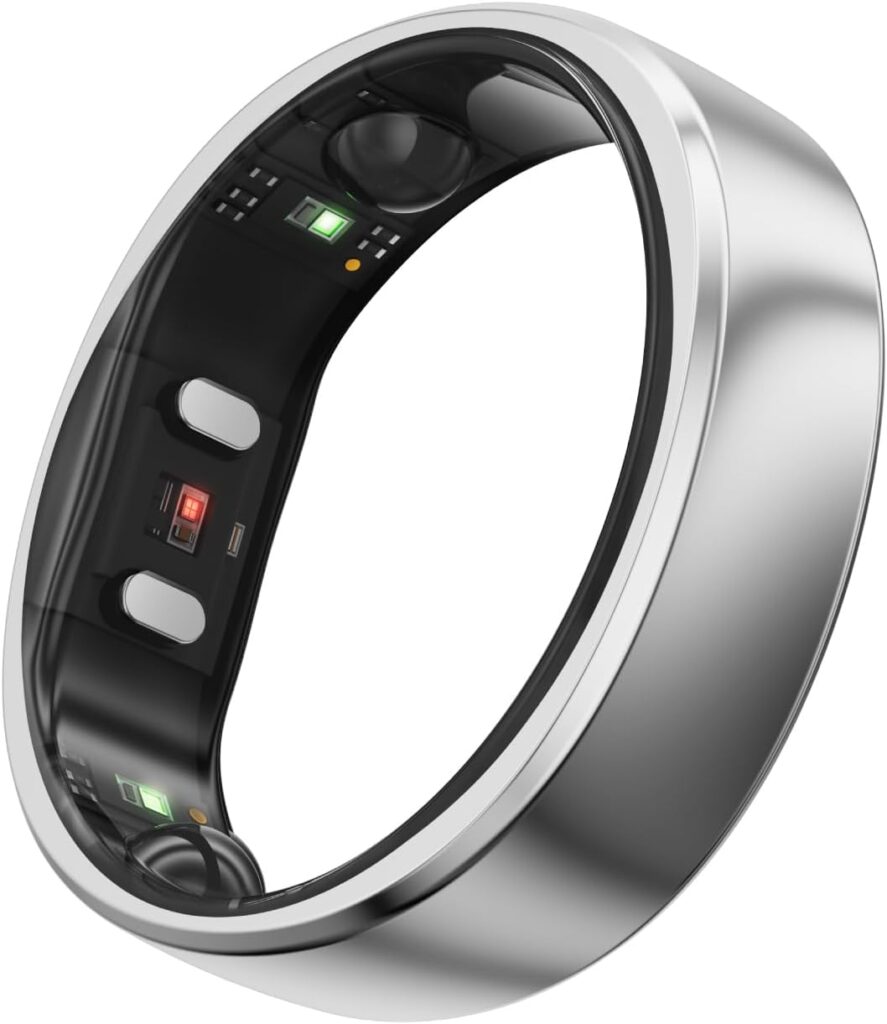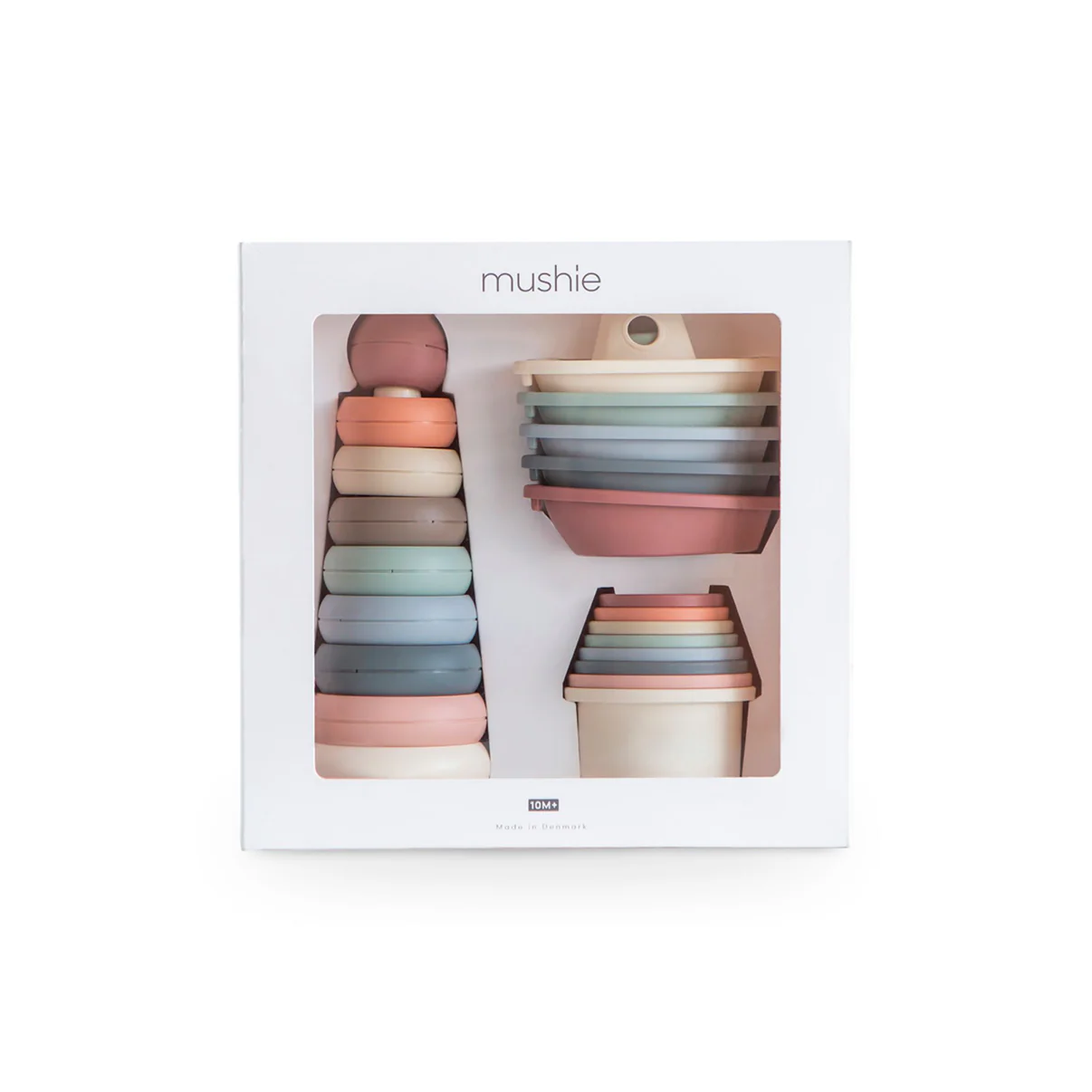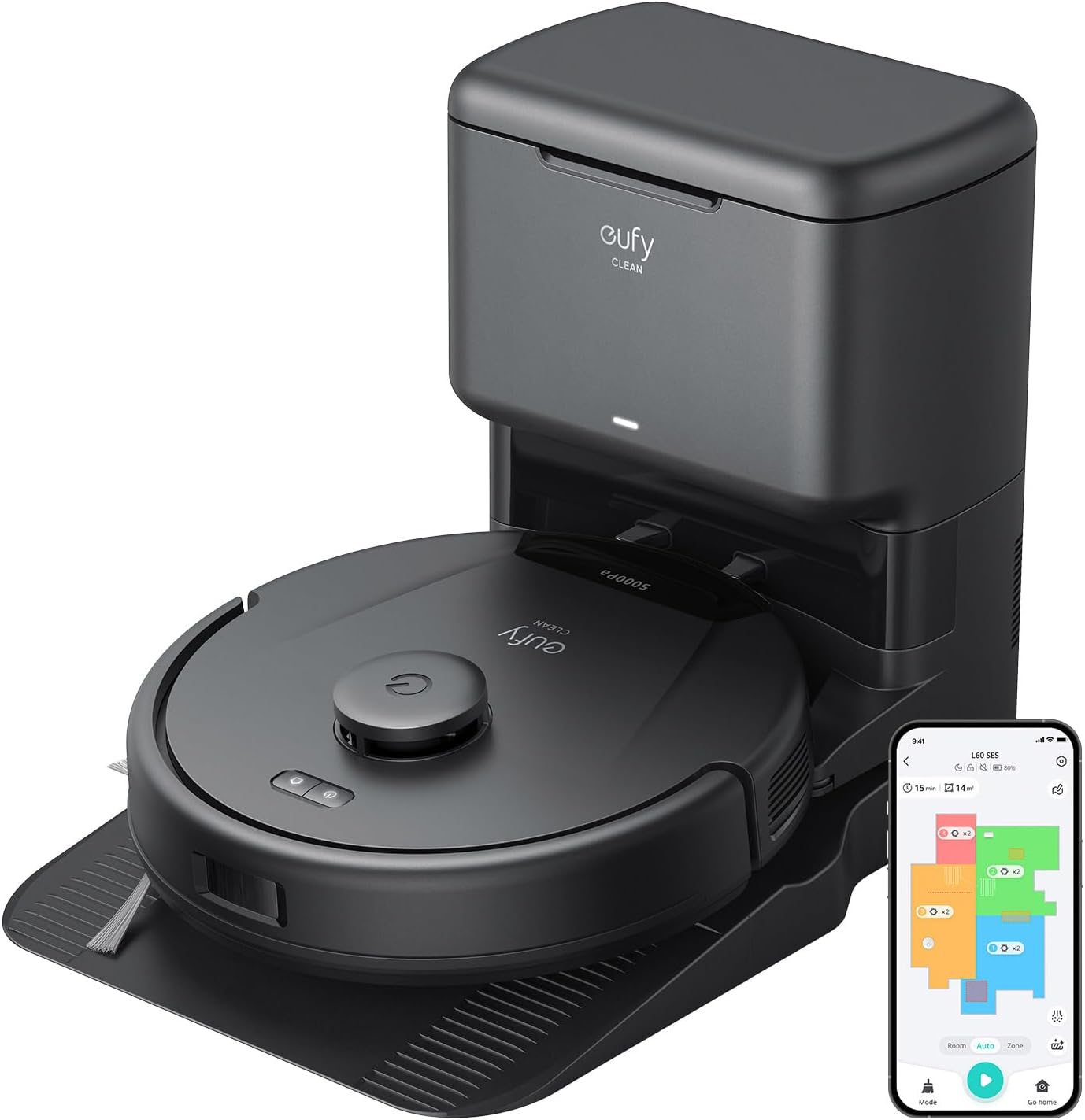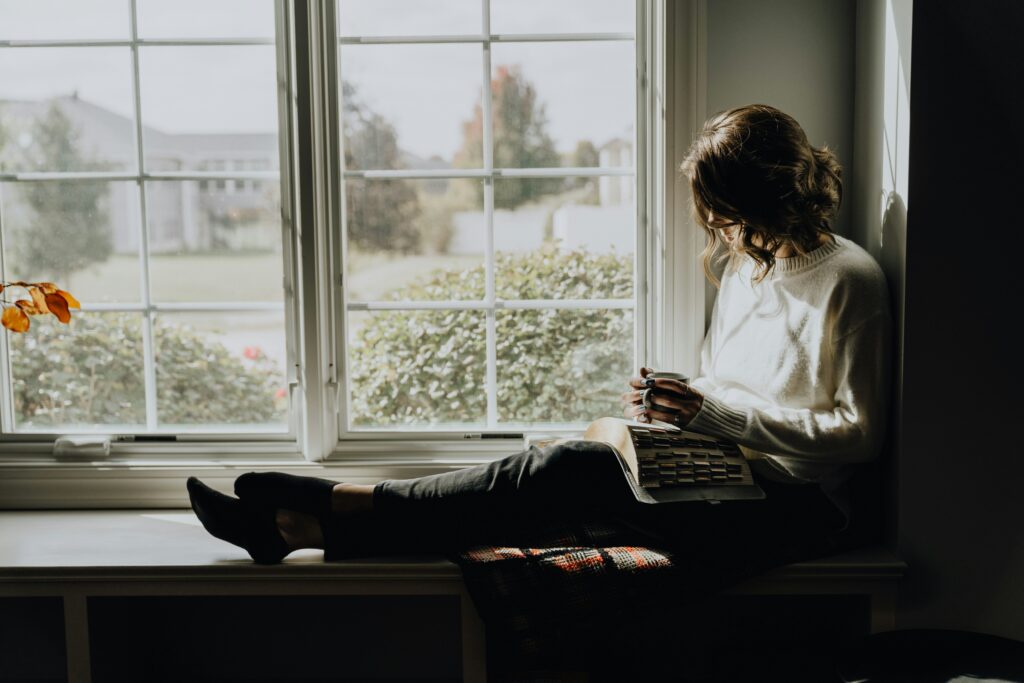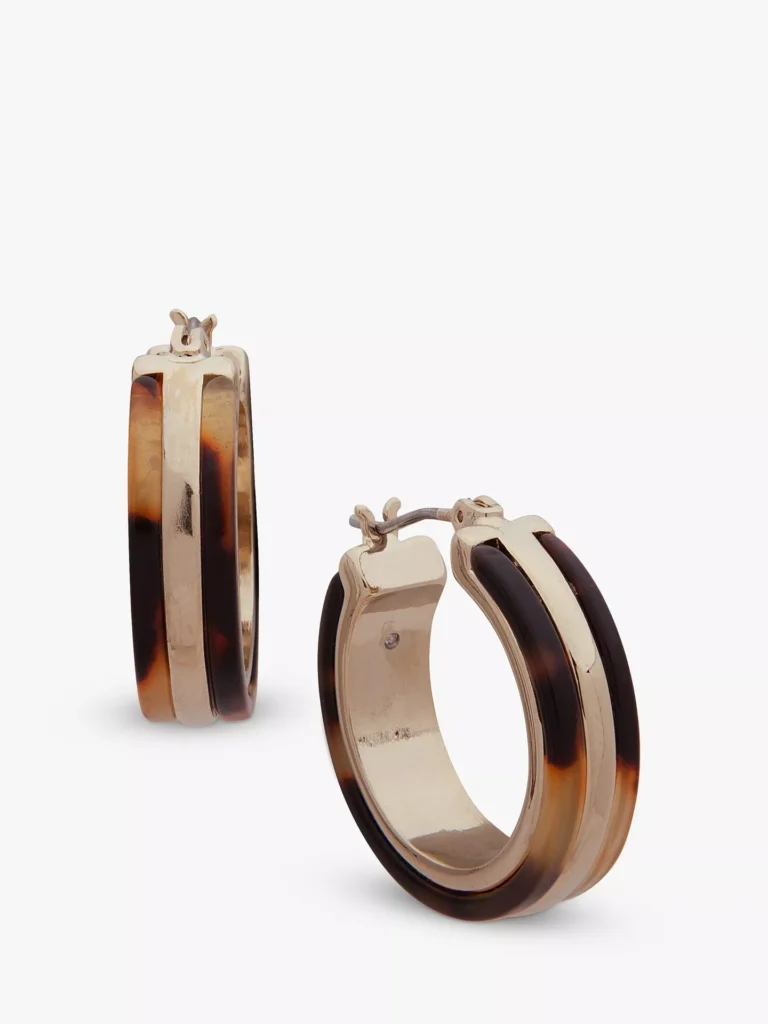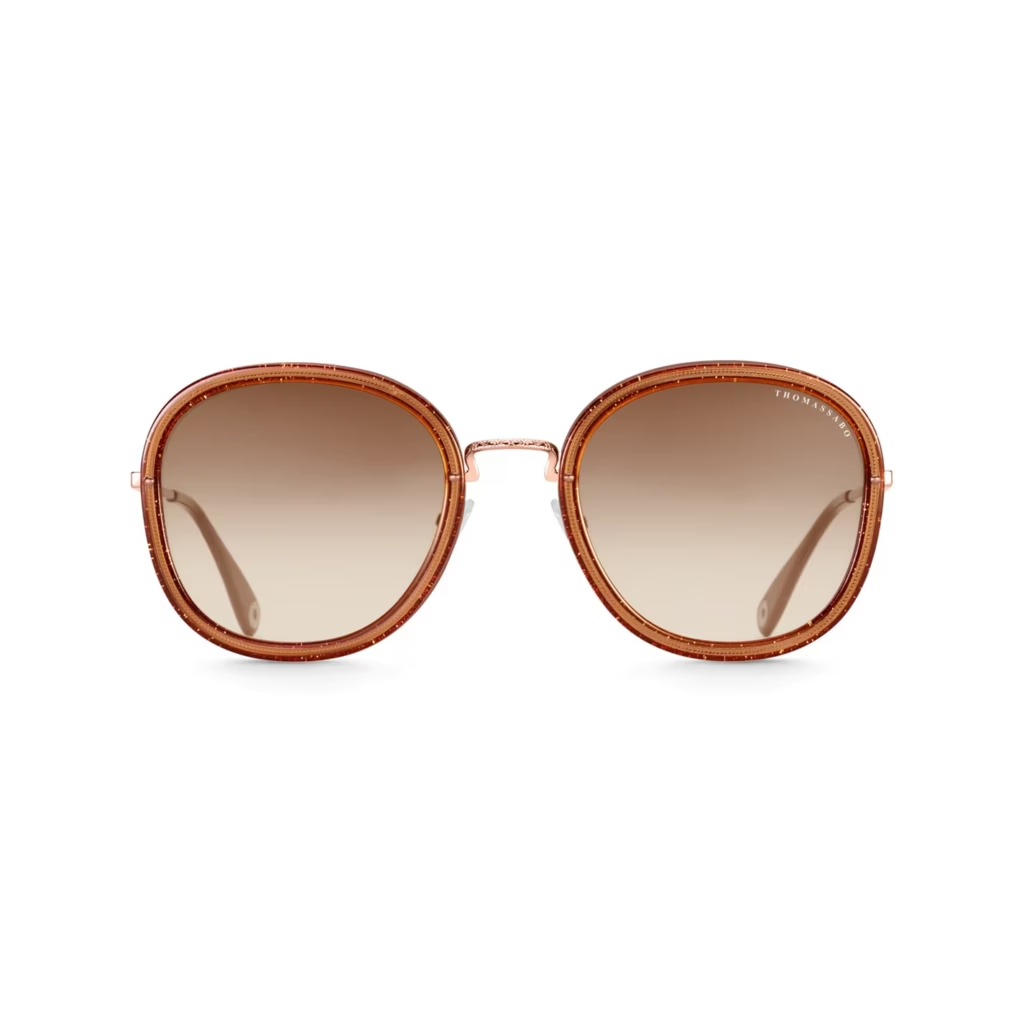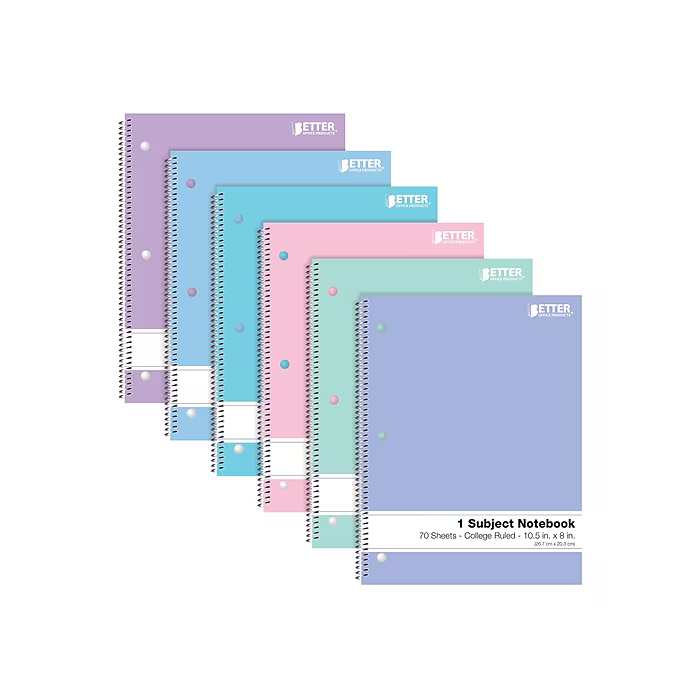There’s nothing quite like the feeling of glancing at a screen and knowing your little one is safe, comfortable, and drifting toward sleep. The Nanit Pro Baby Monitor Wall Mount leans into that feeling with a steady, bird’s-eye view that’s there whenever you need it—clear, consistent, and out of the way of curious hands. It’s the quiet kind of tech that gives you confidence to step back from the crib, pour a glass of water, and exhale.
In this article, we’ll focus on the parts of monitoring that change real life: where to place the Nanit Pro Baby Monitor Wall Mount for an effortless view, how to build bedtime cues that don’t overstimulate, what a day-to-night routine looks like when the camera angle never changes, and how to keep partners, grandparents, and sitters in sync. We’ll also map small habits that reduce 2 a.m. decision-making and offer travel-friendly tactics so your routine holds outside the nursery.
Shop Nanit Pro Baby Monitor Wall Mount

Why a wall-mounted view changes everything
Wall mounting is about consistency. Once the Nanit camera is set, you stop negotiating angles with stackable books or leaning tripods and start trusting a single, reliable frame. That top-down vantage keeps the whole sleep space in view—head to toe, corners included—so the little waves, stretches, and self-soothing moments are visible without you hovering. It also keeps cords and hardware safely out of reach, which matters more the minute rolling turns into pulling-up.
Parents notice the mental shift within days: fewer “let me just peek” moments that light up the room, fewer adjustments to the crib to find a new angle, and more of the steady feedback loop that allows you to fine-tune the environment—shade a stripe of sunlight, soften a drafty corner, or dim the hallway glow—and then let the cues do their work.
Setup that fits your home (and your nerves)
Think “safe overview,” not “cinematic close-up.” Mount the Nanit Pro Baby Monitor Wall Mount slightly above crib height and angle it so the frame captures mattress corners and the space your baby might roll into next. If your crib sits under a window, offset the camera a touch to avoid glare by day and reflective washout by night. Route the cable in a tidy vertical run; secured cords are as calming for parents as they are safe for babies. After mounting, do a lights-on and lights-off check from your usual viewing spot—sofa, kitchen island, bedside—until the picture feels predictable from everywhere you live.
A quiet detail that pays off: set one “camera test” moment into your evening routine. Right after you zip the sleep sack, glance at your screen to confirm the framing. Ten seconds now saves the after-bed shuffle later.
Shop Nanit Pro Baby Monitor Wall Mount
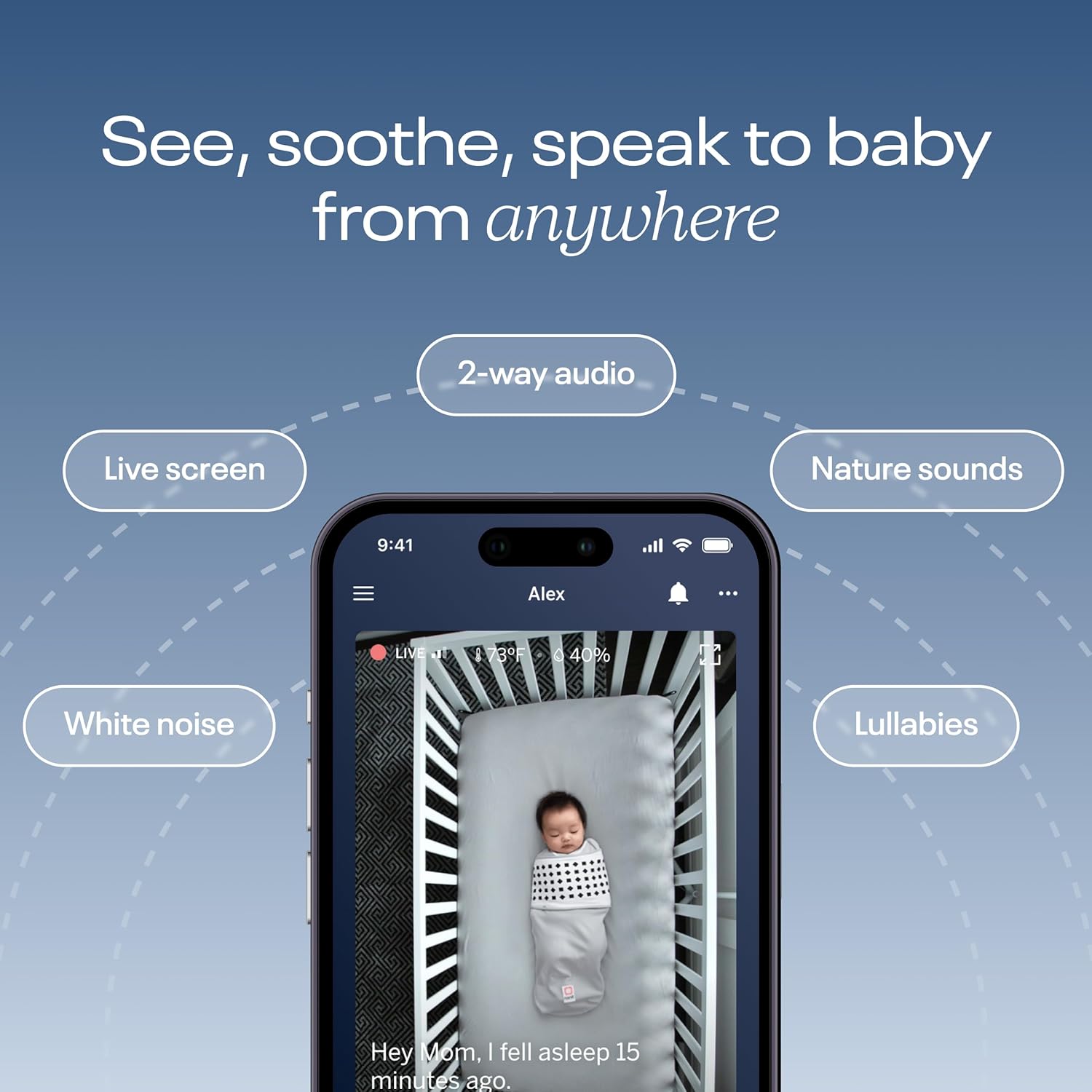
Bedtime cues that whisper “sleep”
Great monitors support calm—they don’t replace it. Keep the last ten minutes before lights out deliberately low-stimulus: a dim room, one or two soft lines of a lullaby, a hand on the chest for a slow count of five, and then a still exit. With Nanit, the steady, top-down frame lets you read micro-cues without re-entering: the heavier blink of true drowsiness, the brief hand-to-face that means self-settling, the sudden kick that says a seam or tag is scratching. Adjust the environment—not the baby—whenever you can. That’s how independence builds.
If you like a night-light, keep it warm and low, and aim it away from the camera lens. A gentle glow is enough for midnight checks without inviting second wind.
Day-to-night flow when the angle never changes
Nap time is detective work, and consistency is your best clue. With a fixed Nanit frame, you start to recognize patterns: the way your baby curls before drifting, the tell that a pacifier has slipped, the specific leg wiggle that precedes a wake-window stretch. Track your tweaks in your head or a notes app—“room one notch darker,” “fan on low,” “shorter pre-nap cuddle”—and watch the monitor confirm the results. Over a week, those micro-edits stack into a nap routine that feels like muscle memory.
Evenings are the same choreography in longer form. Keep the pre-bed ramp-down earlier than you think, begin dimming the room while you’re still in the living area, and let the nursery stay consistent: same angle, same light, same sequence. Babies recognize places by how they feel.
One routine, many caregivers
The most underrated gift of a fixed view is handoff simplicity. Whether you’re passing the phone to your partner for a solo bedtime or texting the grandparents a quick check-in, everyone is looking at the same frame. Agree on a few “if-then” cues—if hands are relaxed and breathing is even, we wait; if pacifier is under cheek and legs are pumping, we replace gently and exit. When the picture is identical for everyone, your home rhythm stays intact even when the cast changes.
If your monitor app supports shared access, invite trusted caregivers and set expectations up front—no sudden bright lights, no chatter in the doorway, and no new routines after bedtime. The Nanit vantage makes “following the plan” easier because the plan is visible.
Shop Nanit Pro Baby Monitor Wall Mount
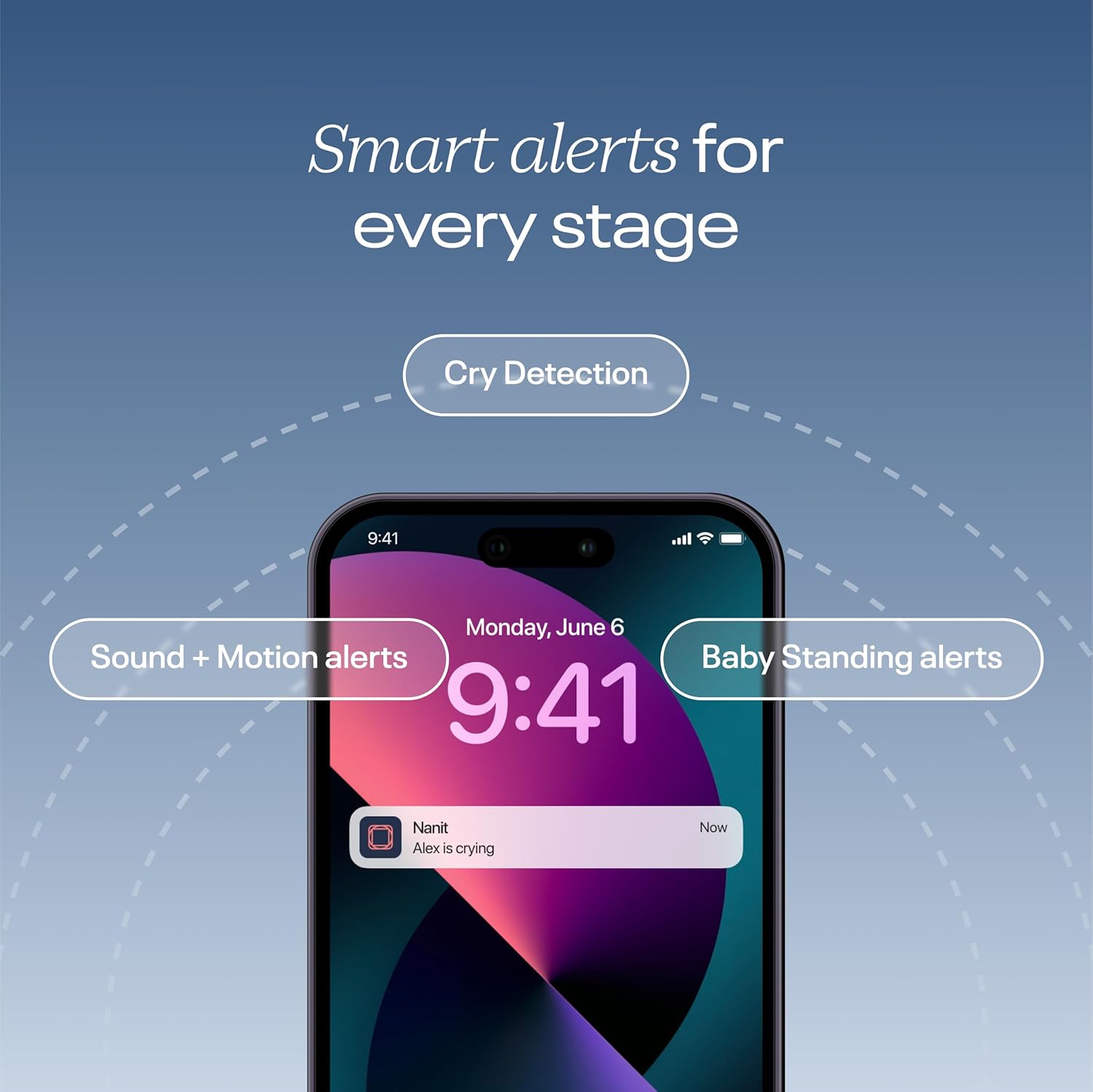
Travel and temporary setups
Wall mounts are meant to stay put, but life moves. For weekends away, recreate the spirit of your setup: pick a steady perch high and offset from the sleep space, secure any cords with painter’s tape, and do your lights-on/lights-off test before the first nap in a new room. If you travel frequently, consider keeping a tiny cable kit and a spare adhesive clip in your diaper bag; familiarity is half the battle, and so is neat cable management in spaces you don’t control.
Toddler-ready adjustments
The first time you see a determined stander gripping the rail, you’ll understand why the Nanit Pro Baby Monitor Wall Mount lives above tiny hands. As mobility surges, widen the camera’s field of view so you can see the places a climber might test. Keep the crib clear, drop the mattress to the safest position your setup allows, and let the monitor confirm the new landscape before bedtime. Talk-back prompts (used sparingly) become helpful here—short, calm phrases that guide without turning into a conversation.
Micro-habits that keep nights quiet
Small habits carry heavy weight at 2 a.m. Park your phone or parent device in the same spot every night so checks don’t wake you fully. Keep volume low enough to hear changes, not every sigh. Resist the refresh spiral; if the frame looks peaceful, let it be. When you do enter, move slowly, make one fix, and leave. The monitor is a window, not a magnet—use it to protect sleep, not to audit it.
Safety and privacy, made practical
A wall-mounted Nanit setup reduces the two biggest risks in a nursery: loose cords and unsecured hardware. Keep the cable run tight to the wall, double-check anchors on your schedule (monthly works for most homes), and avoid reflective art or mirrors opposite the lens, which can bounce unwanted light at night. In your app life, treat access like a house key—share intentionally, use strong credentials, and keep the software current. Calm often begins with boundaries.
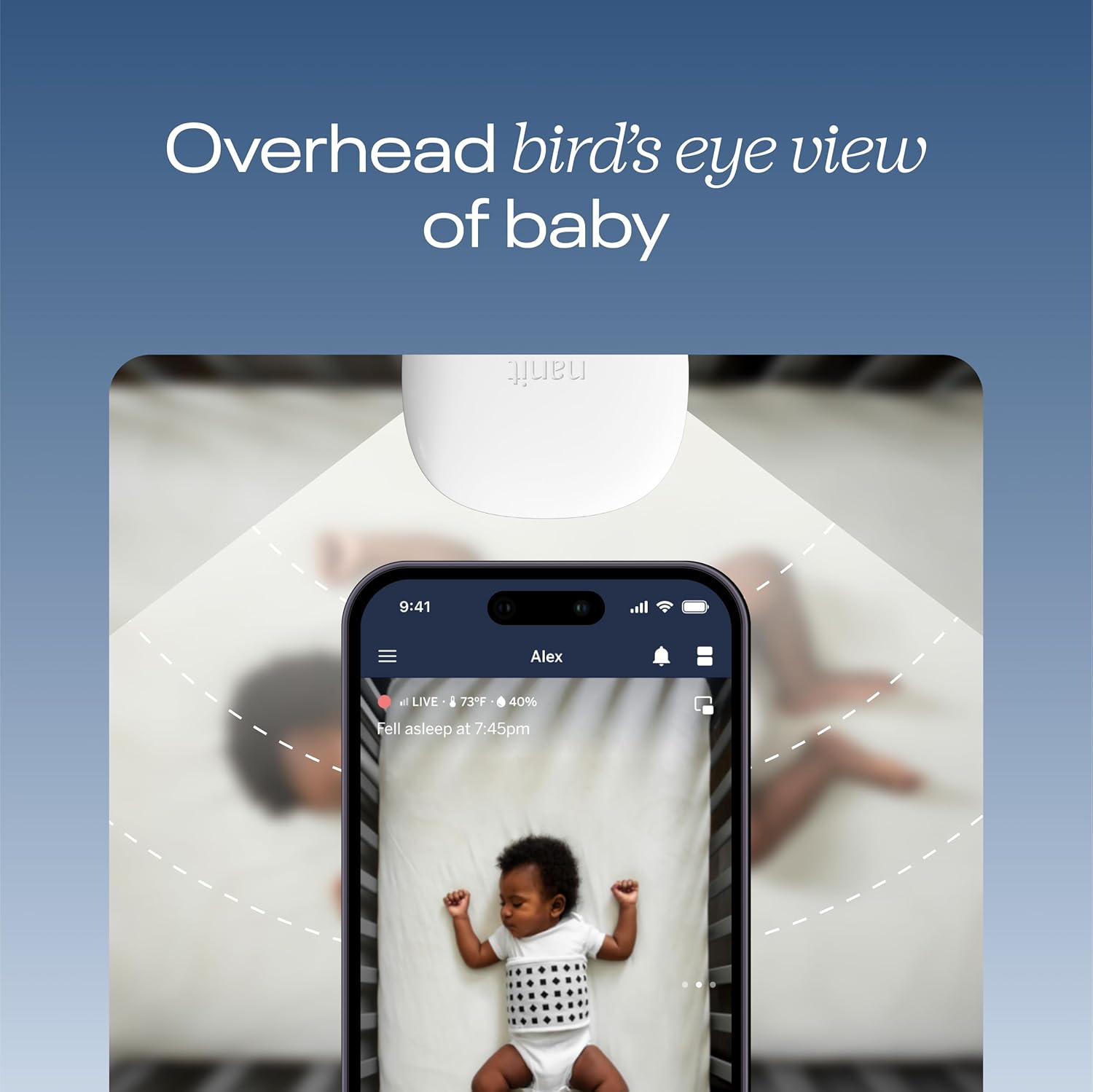
Conclusion
Confidence multiplies when your tools stay out of your way. The Nanit Pro Baby Monitor Wall Mount offers exactly that: a steady, safe vantage that helps you read the room, tune the environment, and build routines that hold—on busy weekdays, on slow weekends, and in the in-between hours when you need them most. Mount it once, keep the frame predictable, and let that quiet consistency carry your home from newborn flutters to toddler story times. Your nights get gentler, your days more spacious, and your parenting instincts louder than the noise.
Shop Nanit Pro Baby Monitor Wall Mount
FAQ
- Where should I mount the camera for the best view?
Slightly above crib height, angled to include the mattress corners and likely roll-zones. Avoid direct window glare and keep cords secured. - How bright should the night environment be?
Dim enough to see outlines and breathing cues, not bright enough to invite play. A warm, low glow outside the camera’s line of sight works best. - Can talk-back help without waking my baby more?
Yes—single, calm phrases are most effective. Think “You’re safe, lie down,” then a quiet exit. - What if the picture looks washed out during the day?
Shift the angle a few degrees away from direct light, soften any sun stripes with curtains, and re-check from your usual viewing spot. - How do I share access with caregivers without losing control of routines?
Set expectations first and keep the same “if-then” cues. A consistent frame means everyone can follow the same plan. - Do I need to adjust the mount as my baby grows?
Revisit framing at each milestone—rolling, sitting, pulling up—and widen the view to include new movement zones. - Any tips for using the monitor while traveling?
Recreate the setup spirit: high, stable perch; tidy cables; quick light test before the first nap. Familiar cues reduce first-night restlessness. - How do I prevent over-checking?
Park the device in one spot, keep volume modest, and rely on the frame for confirmation rather than constant refreshes. If it looks peaceful, trust it. - What’s the fastest fix for mid-sleep fussiness?
Adjust the environment first—light, draft, comfort item position—before picking up. One calm, deliberate intervention beats a flurry of changes. - How often should I re-check safety?
Monthly is a good cadence: confirm anchors, cable security, and clutter-free crib. Small maintenance keeps nights quiet and your mind clear.



